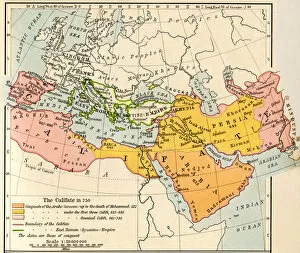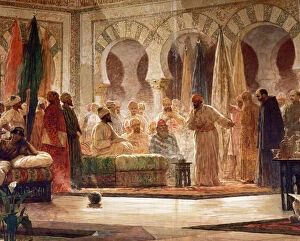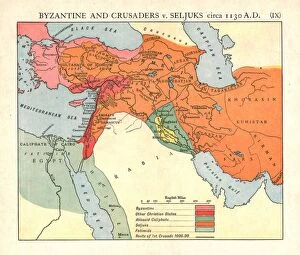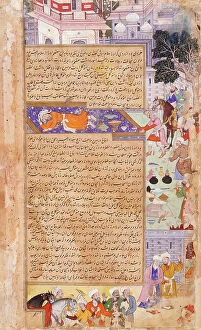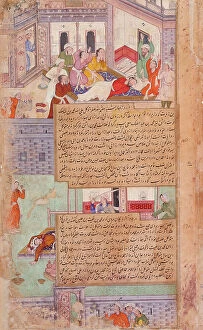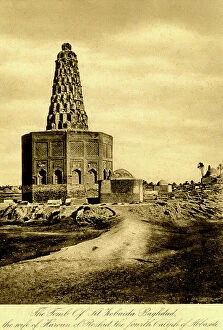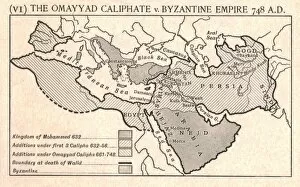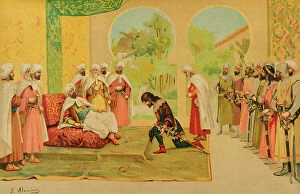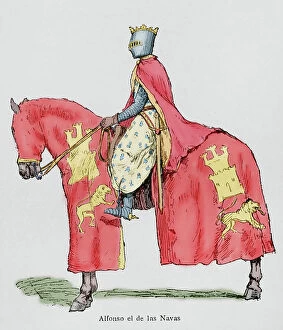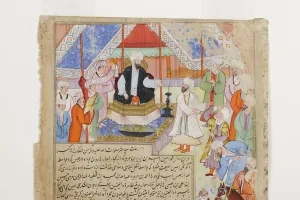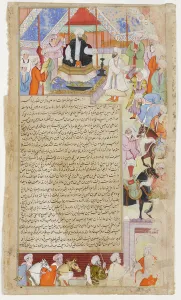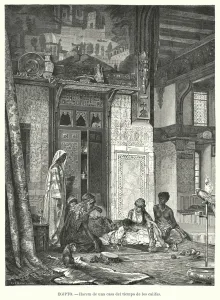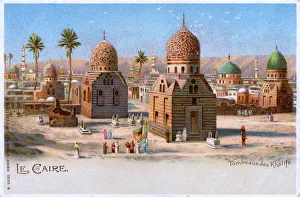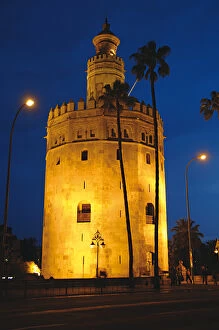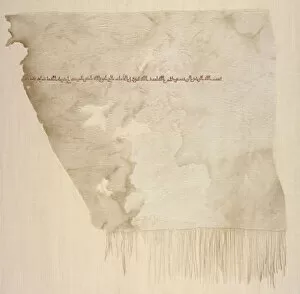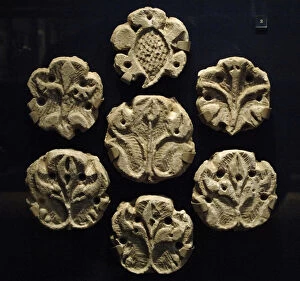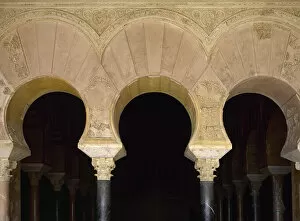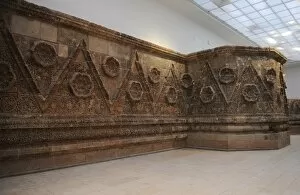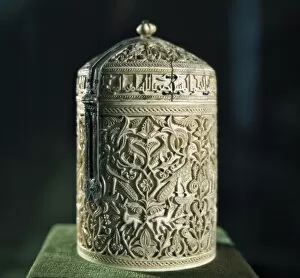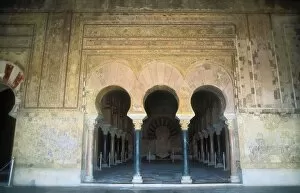Caliphate Collection
"Unveiling the Legacy: Exploring the Rich History of the Caliphate" Step back in time and delve into the captivating world of the caliphate
All Professionally Made to Order for Quick Shipping
"Unveiling the Legacy: Exploring the Rich History of the Caliphate" Step back in time and delve into the captivating world of the caliphate, a powerful Islamic empire that shaped history. From Abd-ar-Rahman III's reign as Emir and Caliph of Al-Andalus to Alfonso VIII's victorious celebrations, witness pivotal moments that defined an era. Intriguing encounters unfolded between Byzantine and Crusaders against Seljuks around 1130 A. D. , leaving us mesmerized by their clash for supremacy. Meanwhile, Ordono IV of Leon found himself entangled with Umayyad Caliph Al-Hakam II, painting a vivid picture of political intricacies during those times. Alfonso VIII's rule over Castile stands tall as he basks in triumph after overcoming challenges that tested his mettle. The Battle of Covadonga in 722 marked a turning point in Spain's history, igniting hope and resilience amidst adversity. Amidst these grand narratives lie glimpses into everyday life within this vibrant civilization. Muslim women find solace in public baths while Islamic pottery adorned with exquisite horse motifs showcases artistic brilliance from Taifor. The Abbasid Caliphate locked horns with the mighty Byzantine Empire circa 786 A. D. , forging alliances and rivalries that reverberated across continents. These historical clashes serve as windows into an epoch where power dynamics were constantly shifting. Join us on this journey through time as we unravel tales woven by emirs, caliphs, kings, warriors, artists, and ordinary citizens alike. Discover how this remarkable caliphate left an indelible mark on civilizations past—a legacy etched forever in our collective memory.

